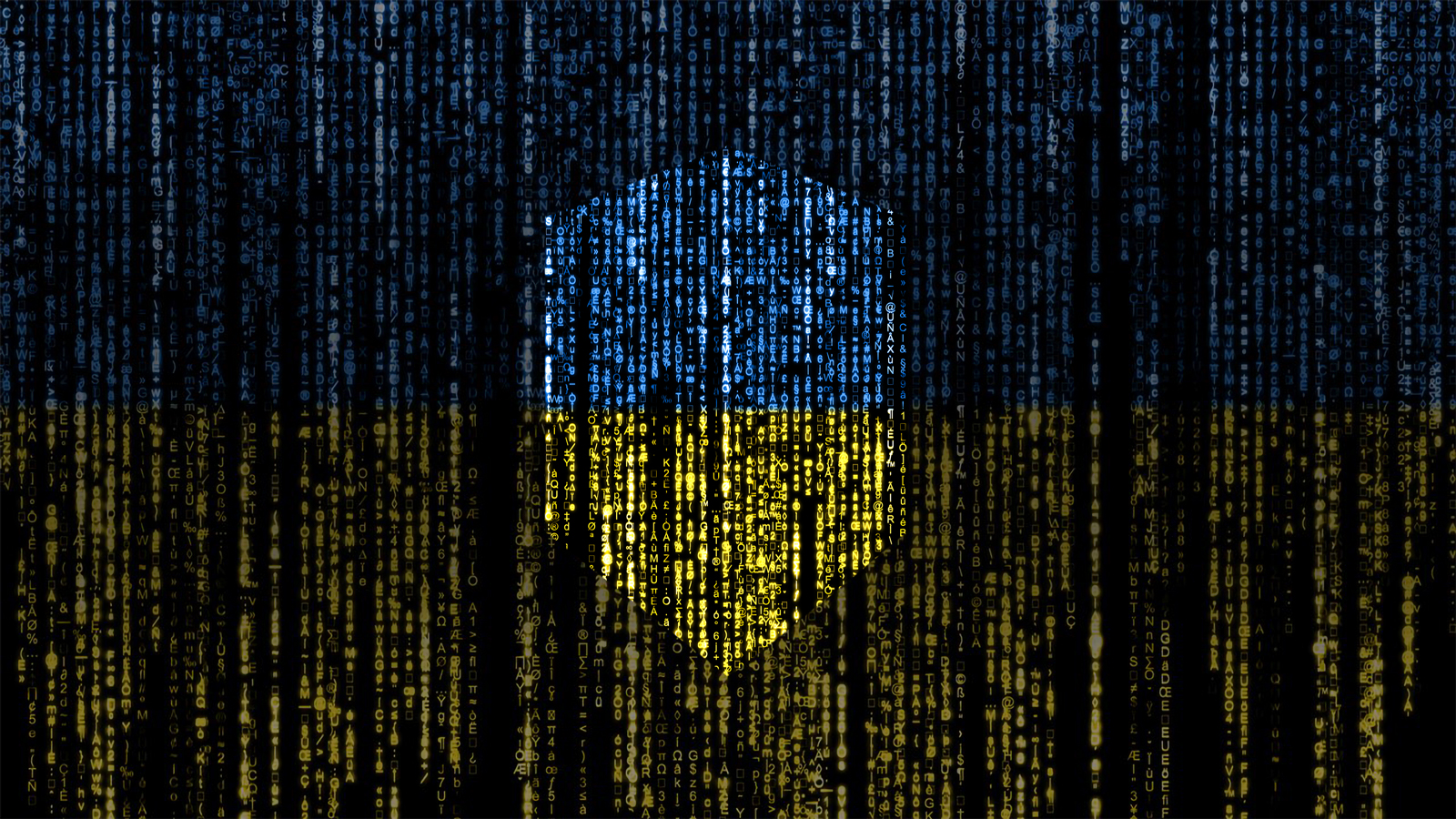The ongoing conflict between Ukraine and Russia presents significant challenges for strategic decision-making. In the face of Russia’s military superiority, Ukraine has turned to artificial intelligence (AI) to gain a competitive edge. One of the most significant developments in this regard is the Centre of Operations for Threats Assessment (COTA), a strategically minded model built and run by the National Security and Defence Council (nsdc) of Ukraine, according to an article on The Economist.

COTA’s role in providing senior officials with guidance on sensitive matters, including mobilization policy, is a game-changer in the context of the conflict with Russia. The center ingests and analyzes vast amounts of data from various sources, including text, statistics, photos, and video, in real-time. This allows COTA to deliver valuable insights into the bigger picture of the situation on the ground and identify potential threats before they materialize.
The application of AI in intelligence gathering and analysis offers several advantages. First and foremost, it enables the processing of massive data volumes more efficiently than human analysts can. This is especially significant in a dynamic conflict where situational awareness is critical. In addition, AI algorithms can identify complex patterns and correlations that may be difficult for human analysts to discern, providing valuable insights and improving overall accuracy.
Another area where COTA’s use of AI is making a significant impact is in counter-intelligence operations and target identification. With Russia’s vast military machine, identifying potential targets for strikes or other military actions is a daunting task. By stitching together clues from various sources, such as images, text, and phone records, COTA’s AI algorithms can efficiently identify weapons systems or troop formations. Furthermore, ingesting data on financial records, shipping registries, and social media activity enables the COTA to pierce the corporate veil and uncover Russian support networks and other activities that violate sanctions.
Despite the benefits of AI applications in strategic decision-making, there are also challenges. An excess of faith in hyped models and the potential for resource divergence from more effective methods remain pressing concerns. Additionally, over-centralization of decision-making processes may hinder creative sparks and intuition at the edges.
To address these challenges, it is essential that human judgment and oversight remain integral to the intelligence analysis process. While AI algorithms provide valuable insights, they cannot replace the intuition and critical thinking skills of human analysts. Consequently, human analysts must collaborate with AI systems, critically reviewing and validating the findings generated by the algorithms and integrating these insights into the decision-making process.
Moreover, the use of AI should complement, not replace, traditional intelligence gathering methods. For instance, human intelligence (HUMINT) and signals intelligence (SIGINT) remain crucial sources of information, particularly when public data is limited or unreliable.
As the conflict between Ukraine and Russia continues to evolve, the application of AI in strategic decision-making is likely to become increasingly prevalent. Consequently, policymakers, military leaders, and scholars must understand the potential benefits and challenges of using AI in this context and develop the necessary capabilities to harness its power effectively and responsibly.

